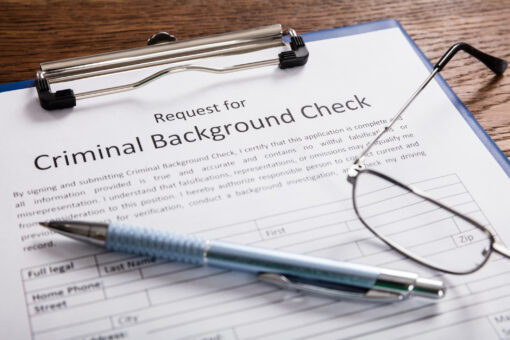If you’ve been convicted of a crime, you may discover that your criminal record follows you long after you’ve completed all of your sentence obligations and paid your responsibility to society. If an employer, landlord, or loan agent inquires about your criminal past, you’ll have to disclose it, which may jeopardize your ability to obtain the advantages you desire.
Fortunately, via a procedure known as expungement, certain sorts of criminal convictions can be effectively erased from your record. While you may file an expungement petition on your own, you’ll have a better chance of success if you enlist the support of a qualified criminal defense attorney to guide you through the process. Keep reading on learn the four steps involved and then contact Chambers Law Firm at 714-760-4088 to learn about your options.
Step 1: Find out whether you’re eligible
Expungement is not available for all sorts of convictions. If all of the following are true, your conviction may be eligible:
- You were convicted of a misdemeanor or a felony with the potential to be reduced to a misdemeanor
- There were no major vehicle code violations or sexual crimes against children in your convictions
- You were not imprisoned in a state prison
- It’s been at least a year since you were convicted
- Within one year of the conviction you desire to erase, you were not convicted of any other offenses
- You’ve finished all of the terms in your sentence
- Your probation was never revoked due to infractions
- You are not presently serving any other prison sentence or facing any other criminal charges
Step 2: Complete any prerequisites that may exist.
Before starting the expungement procedure, you may need to submit several preliminary legal papers. If you’re on probation, for example, you’ll need to file a Motion to Terminate Probation, and if you’ve been convicted of a felony, you’ll need to file a Petition to Reduce the Conviction to a Misdemeanor.
Step 3: Put your paperwork together
You’ll need to give the court with copies of evidence demonstrating you’ve paid any fines, fees, or restitution issued as part of your sentence, in addition to completed copies of the Petition for Dismissal and Order for Dismissal papers required to start the expungement process. A processing fee or a Fee Waiver form must also be included.
It is advised, but not needed, to include a Declaration explaining why you want your conviction wiped and how it will benefit your living circumstances. If you’re going through the expungement process with an attorney, he or she will make sure you have all of your papers in order.
Step 4: Request an expungement
You will file your expungement documents in the same county as you were convicted whenever you are ready. You may be able to just give the paperwork to the court, or you may be needed to personally serve the papers on the District Attorney and the Probation Department, depending on the county. There’s a good chance you won’t get a hearing. You’ll instead wait for your court date and then visit the court’s website to learn if your expungement was granted.
As long as you met all the requirements and supplied all the correct documentation, it is more than likely that you will get your record expunged, enabling you to move forward with your life without the stigma of that particular conviction. Contact Chambers Law Firm at 714-760-4088 now for a free legal consultation.





